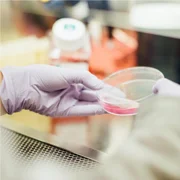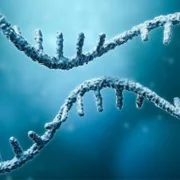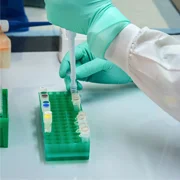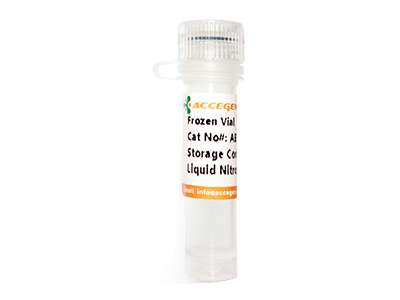Featured Products
- In-Stock Tumor Cell Lines
- Human Orbital Fibroblasts
- Human Microglia
- Human Pulmonary Alveolar Epithelial Cells
- Human Colonic Fibroblasts
- Human Type II Alveolar Epithelial Cells
- Human Valvular Interstitial Cells
- Human Thyroid Epithelial Cells
- C57BL/6 Mouse Dermal Fibroblasts
- Human Alveolar Macrophages
- Human Dermal Fibroblasts, Adult
- Human Lung Fibroblasts, Adult
- Human Retinal Muller Cells
- Human Articular Chondrocytes
- Human Retinal Pigment Epithelial Cells
- Human Pancreatic Islets of Langerhans Cells
- Human Kidney Podocyte Cells
- Human Renal Proximal Tubule Cells
Primary Cells
Explore Products



 Saos-2 is a human osteosarcoma cell line derived from the primary tumor of an 11-year-old Caucasian female. These cells exhibit an epithelial-like morphology and grow as an adherent monolayer with a doubling time of approximately 48 hours. Characterized by a hypotriploid karyotype, with a modal chromosome number of 56. Saos-2 demonstrate key osteoblastic properties, including high alkaline phosphatase (ALP) activity and production of bone-specific proteins such as osteocalcin and osteopontin. They also express functional receptors for 1,25-dihydroxyvitamin D3 and parathyroid hormone (PTH), enabling cAMP-mediated responses upon hormonal stimuli. Although derived from a tumor, Saos-2 cells do not show tumorigenicity in immunocompromised mice under standard subcutaneous inoculation. Under osteogenic culture conditions, they can mineralize extracellular matrix, making them valuable for modeling bone microenvironment interactions.
Saos-2 is a human osteosarcoma cell line derived from the primary tumor of an 11-year-old Caucasian female. These cells exhibit an epithelial-like morphology and grow as an adherent monolayer with a doubling time of approximately 48 hours. Characterized by a hypotriploid karyotype, with a modal chromosome number of 56. Saos-2 demonstrate key osteoblastic properties, including high alkaline phosphatase (ALP) activity and production of bone-specific proteins such as osteocalcin and osteopontin. They also express functional receptors for 1,25-dihydroxyvitamin D3 and parathyroid hormone (PTH), enabling cAMP-mediated responses upon hormonal stimuli. Although derived from a tumor, Saos-2 cells do not show tumorigenicity in immunocompromised mice under standard subcutaneous inoculation. Under osteogenic culture conditions, they can mineralize extracellular matrix, making them valuable for modeling bone microenvironment interactions.